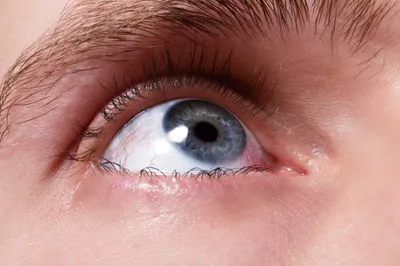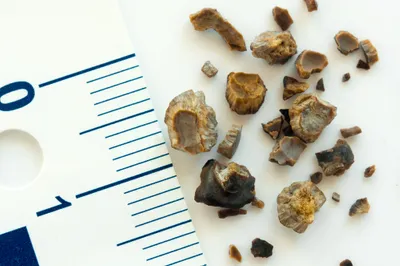When it comes to surgery, many people automatically want to run for the hills. That’s because surgery often requires lengthy recovery times, and then there’s the whole needles/knife thing.
While invasive procedures are performed by (hopefully) qualified surgeons and are generally regarded and safe and effective, there’s another route you can take in many cases—laser and radiofrequency (RF) treatments. Here are seven medical uses for lasers and other modern technology that you probably won’t see in Sci-Fi action films…
1. Vision Correction
At one time in the not-so-distant past, small cuts were made in the eyes to help correct near-sightedness. However, as AllAboutVision.com points out, this procedure (called radial keratotomy) often had side effects such as night vision problems.
By 1995, lasers had been approved by the FDA for vision correction, but procedures have evolved over the years. While Photorefractive Keratectomy (PRK) was the earlier version of laser eye surgery (that is still used today), LASIK procedures have become more popular due to less discomfort after the treatment, notes the source. Lasers can also help repair a detached retina, essential for sight.
2. Fat Reduction
Many people wrestle with excess weight, especially around the midsection where it can put additional strain on vital organs. While liposuction is one way to get rid of unwanted fat quickly, it’s a surgical procedure (read: they put holes in you) and it can lead to full recovery times of up to 2-weeks or more.
Meanwhile, lasers are an effective way to get rid of excess fat, especially if it has manifested in the form of cellulite (appearing as a dappled texture from pushing against connective tissues below the skin). RF and laser technology can effectively target fat cells and cause them to shrink, while causing minimal irritation to the epidermis (outer layer of skin).
3. Spider Vein Removal
These thin purple-blue veins can cover your legs and other areas, and are often traced to being on your feet for long periods of time every day. While they aren’t usually a cause for concern from a medical standpoint, spider veins can be unsightly and cause people to cover up their skin.
Thanks to lasers, clinicians can target these veins and zap them, making them collapse and disappear over time. The alternative solution is to inject the veins with a special solution (sclerotherapy), but many people are needle-phobic and would rather live with the visible veins.
4. Skin Tightening
Sure, you can go the route of celebrities and turn to Botox, which is actually an injection of a neurotoxin that blocks nerve signals and causes muscles to relax (therefore making wrinkles less pronounced). Again, not everyone is crazy about injections, or putting a known toxin into their body—or booking plastic surgery.
You can also turn to expensive creams with varying results if you’re not into needles or surgery. Or…you can turn to RF heat treatments that target layers of the skin to shrink pores and eliminate fine wrinkles. This method can be performed without damaging the outer layer of skin.
5. Stretch Mark Elimination
These pronounced “stretch marks” on the abdomen and buttocks can be cosmetic side effects of a pregnancy or from losing a lot of weight in a relatively short amount of time. In any case, they can be a source of embarrassment for men and women, and you might be missing from the beach because of them.
A surgical procedure called abdominoplasty (tummy tuck) can be effective in removing these marks completely, according to DocShop.com, which notes that not all people are good candidates for this surgery. Meanwhile, UV laser has been proven effective to dramatically reduce stretch marks through a process called ablation that causes damaged tissue to disintegrate, explains the source. This results in the growth of new layers of skin.
6. Fighting Tumors
Ridding your body of tumors can be tricky from a surgical perspective, as the tumor may be in close proximity to a major organ and increase the risk of complications. Surgeons can still remove parts of the tumor in these cases, but there are other ways to shrink them without going under the knife.
Laser radiation can effectively shrink or destroy tumors altogether, notes the National Cancer Institute. Lasers can also help with other problems caused by cancers, such as bleeding or obstructions, adds the source. The pros don’t stop there: lasers can also help seal nerves to reduce pain after surgery, or block lymph vessels to reduce the risk of cancerous cells spreading.
7. Removing Kidney Stones
Kidney stones can be very painful, and some are too large to pass through urine. In these cases, you may require open surgery (which is quite rare for this particular problem these days).
Your doctor may opt to go with another procedure called ureteroscopy—which still requires inserting a scope into your bladder through your urethra (don’t worry, you’re unconscious during this). Lasers can then be used to obliterate the stones so they can safely pass during urination.










